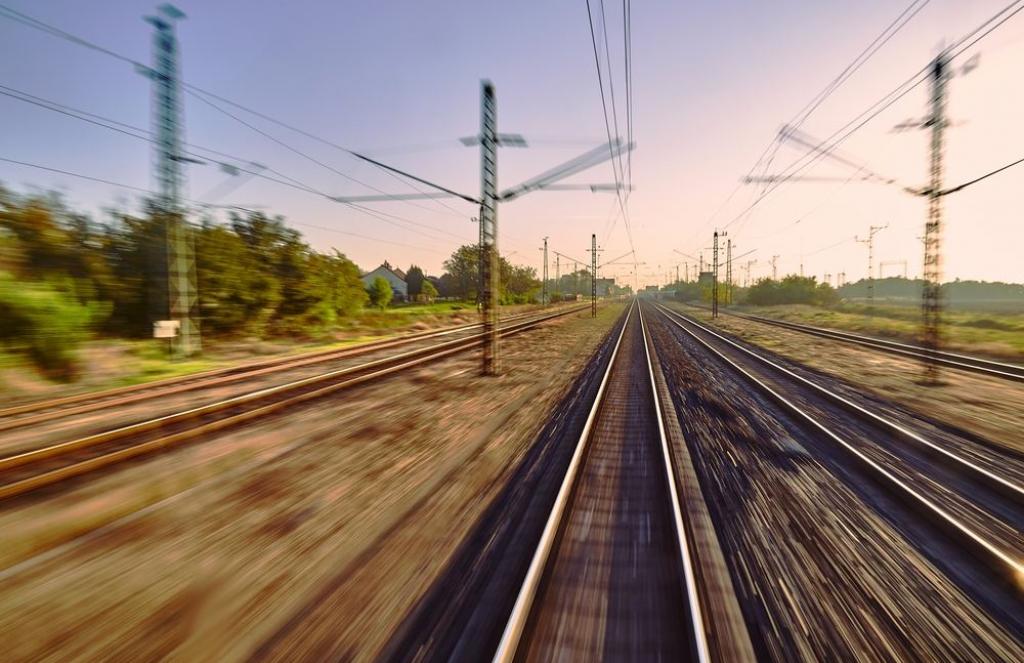Thessaloniki gets ready for its metro launch in November
The underground rapid transit lines have been under construction for almost two decades due to various project delays
 TheMayor.EU logo
TheMayor.EU logo 
The Canary Islands are looking to implement trains of the latest technology when railway travel becomes reality there, Source: Depositphotos
Officials from the archipelago paid a visit to Lower Saxony (Germany) to get acquainted with the power of hydrogen trains
At the end of last week, representatives from the Canary Islands regional government visited Brussels and Lower Saxony (Germany) in their quest to speed along the project for completing the first railway lines in the Atlantic archipelago on the islands of Tenerife and Gran Canaria.
The Canarian Vice President Román Rodríguez visited the workshops owned by the manufacturer Alstom in Bremervörde (Germany) to get acquainted with the green hydrogen trains that are produced there and are already running in that country. The preceding visit to Brussels was meant as an effort to seek European financing for the project of introducing railway transport on the islands.
The Canary Islands have interurban trams, such as the line between Santa Cruz and La Laguna in Tenerife, but no actual train services. This, however, is about to change as there are two projects for developing railway lines on the two most populated islands of the archipelago.
In the case of Gran Canaria, for instance, the project line which will link the north and south of the islands, running on the eastern board would have 11 stations and would require an investment of 1.65 billion euros to complete.
The forecasts are that the train (with a capacity of 240 seats) will stop at each station every 15 minutes, and it will take around 35 minutes to cover the 48 kilometres that separate the stations of San Telmo and Playa del Inglés. Though the entire track would be 57 kilometres to Meloneras, further south from Playa del Inglés.
The demand, according to their forecasts, would make it the fourth most used railway line in Spain. Likewise, the Tenerife line would also link the northern point of the island in Santa Cruz to the Tenerife Sur airport in the south.
The essence of both projects is to ensure that the lines will be 100% sustainable.
Vice President Román Rodríguez, as quoted by Energy News, explained it with the following words: “They would incorporate hydrogen as an energy source. It is something on which we agree, both the Government and the island councils. In the Canary Islands, we have extraordinary natural conditions for its production. And its use is not only positive from the point of view of decarbonization and the fight against climate change but also because the production of industrial hydrogen for trains should also be an accelerator towards the energy sovereignty of the islands.”

The underground rapid transit lines have been under construction for almost two decades due to various project delays

Now you can get your wine in Talence by paying directly in Bitcoin

That’s because the state has to spend money on updating the railway infrastructure rather than subsidizing the cost of the popular pass

Rethinking renewable energy sources for the urban landscape

The examples, compiled by Beyond Fossil Fuels, can inform and inspire communities and entrepreneurs that still feel trepidation at the prospect of energy transition

Now you can get your wine in Talence by paying directly in Bitcoin

The 10th European Conference on Sustainable Cities and Towns (ESCT) sets the stage for stronger cooperation between the EU, national and local level to fast track Europe's transition to climate neutrality.

At least, that’s the promise made by the mayor of Paris, Anne Hidalgo

The underground rapid transit lines have been under construction for almost two decades due to various project delays

At least, that’s the promise made by the mayor of Paris, Anne Hidalgo

Hostal de Pinós is located in the geographical centre of the autonomous region

Despite its church-y name, the district has long been known as the hangout spot for the artsy crowds

Urban dwellers across the EU are having a say in making their surroundings friendlier to people and the environment.

Forests in the EU can help green the European construction industry and bolster a continent-wide push for architectural improvements.

Apply by 10 November and do your part for the transformation of European public spaces

An interview with the Mayor of a Polish city that seeks to reinvent itself

An interview with the newly elected ICLEI President and Mayor of Malmö

A conversation with the Mayor of Lisbon about the spirit and dimensions of innovation present in the Portuguese capital














